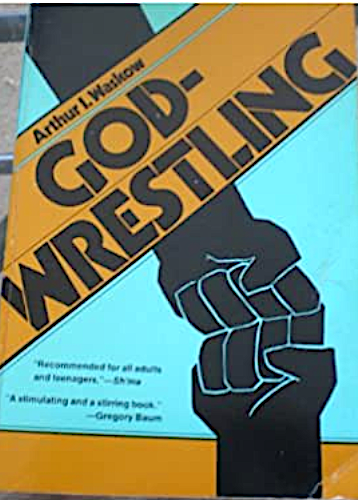Ten Funny/Defiant Music Videos to Keep Your “NO KINGS” Spirits Humming
On October 18, I helped host a ZOOM No Kings virtual rally, meant to include & encourage resisters who couldn’t attend in-person events. We didn’t want droning speeches, and had no canned list of answers to the question of “What Comes Next??” —except for recalling Dr. King’s concisely profound quote from an elderly civil rights … Continue reading Ten Funny/Defiant Music Videos to Keep Your “NO KINGS” Spirits Humming




